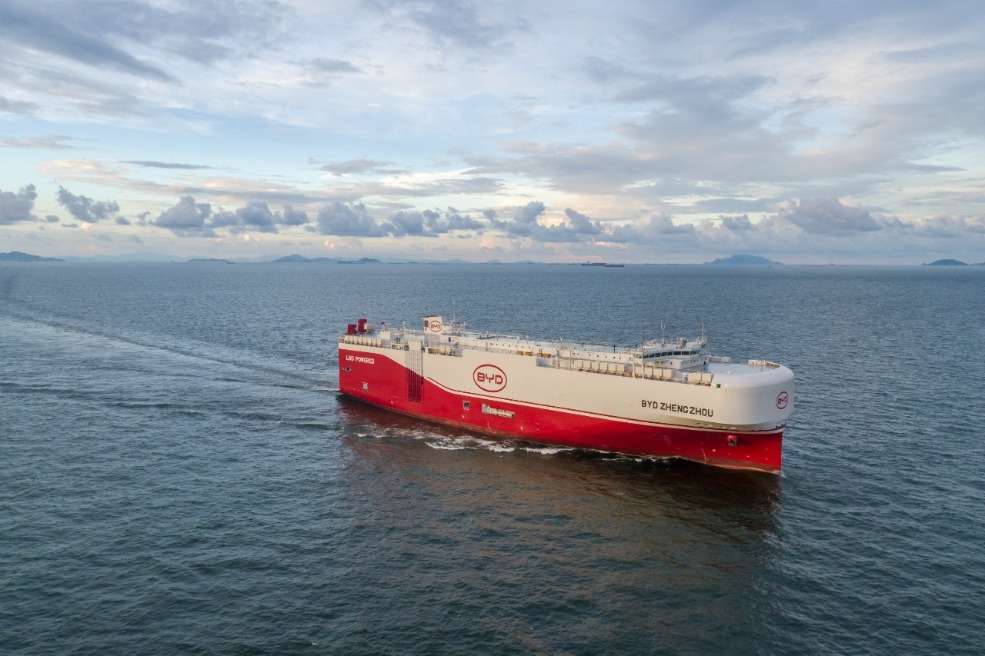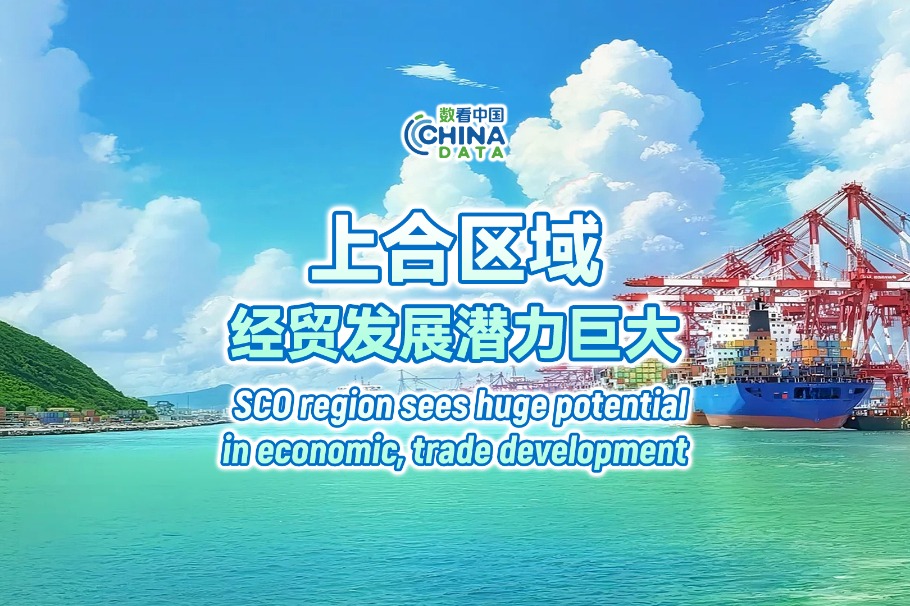Ski resorts develop cool ideas to promote summer visits


When the temperature in many parts of the country exceeded 40 C, tourists at Beidahu Ski Resort in Jilin province were wearing down jackets and screaming with fun on the snow loop slide at minus 5 C.
According to the ski resort, last winter the consumption per capita reached 800 yuan ($112). This summer, by selling cool and refreshing experiences, daily visits to the ski resort surpassed 10,000, with per customer transactions amounting to around 300 yuan.
The snow making machines at Beidahu Ski Resort, the core equipment for maintaining a 30,000 square meter ski slope, were still active in July. The operator calculated that the maintenance cost of each square meter of ski slope is about 15 yuan per day. By transforming the primary ski slope into a snow ring slide, it can accommodate up to 5,000 people per day. Unlike winter professional skiers, 65 percent of summer tourists are families with children, while 42 percent come from southern regions. They are more willing to pay for experiences such as snowmobiles and ice house coffee.
"This transformation is not a simple transformation. Snow trucks have been converted into snow making equipment, with centralized ice making during low electricity periods at night. The snow equipment hall has been transformed into a cold drinks area, with infrastructure reuse rate increased to 70 percent. The occupancy rate of the supporting hot spring hotels in summer is actually 20 percentage points higher than in winter, proving that the experience combination of 'ice and fire' is forming a new selling point," said people in charge of Beidahu Ski Resort.
The key to off-season operations lies in cost restructuring. According to data from Jilin Songhua Lake Ski Resort, tickets only account for 35 percent of the summer revenue structure, while derivative services such as ice sculpture exhibitions and ice and snow photography contribute 28 percent of profits. The more secretive profit point lies in catering and accommodation: the conversion rate of Northeast cuisine restaurants operated by ski resorts is three times that of winter, and the "Cold Zone Hot Pot" priced at 58 yuan has become a popular item.
Indoor ski resorts in the south face greater challenges. The electricity costs of an indoor ski resort in Guangzhou, Guangdong province are three times that of a natural ski resort, but they have found a breakthrough point: bundling sales of tickets with water parks, generating a 200 percent surge in summer children's ice and snow course bookings. Chengdu Sunac Resort has set room rates for ice and snow themed hotels at over 1,000 yuan per night, still maintaining an occupancy rate of 85 percent, proving that high-quality amenities can offset energy costs.
From the 100 summer screenings at Jilin Ji'an Open Air Cinema to the hot pot in Fuling, Chongqing, the "temperature difference economy" is giving rise to cross-border scenes. The "Under the Bridge Concert" in Xingtai, Hebei province, gathers crowds through a zero ticket model, with surrounding cold drink stalls selling 800 cups per day; Lianyungang Sailing Club in Jiangsu province combines electric surfboard teaching with ancient tower sightseeing, increasing the unit price by 40 percent.
Wang Peng, an associate research fellow at the Beijing Academy of Social Sciences said: "Off-season snow economy breaks the dependence of the ice and snow industry on cold winter climate, expands the spatial and temporal boundaries of industrial development and opens up new growth space. It accurately captures summer consumer demand for coolness and unique experiences, satisfying novel and personalized consumption psychology, and unleashing new consumption vitality."
"Furthermore, it drives the coordinated development of multiple industries such as tourism, catering, accommodation and retail, forms industrial clusters and promotes regional economic synergy. Also, it enhances industrial resilience, provides strategies for the cultural and tourism industry to respond to market changes, enhances risk resistance through diversified ice and snow activities, and ensures stable development of the industry."
When climate becomes a controllable factor, the design of cultural and tourism products is shifting from "seasonal adaptation" to "full-time creation". The future competitiveness lies in how to empower natural endowments with technology and transform coolness into sustainable consumption momentum, experts said.




































